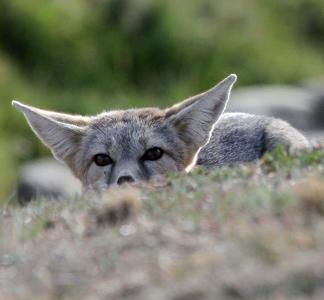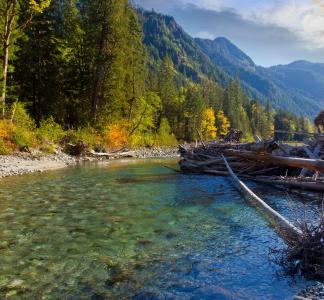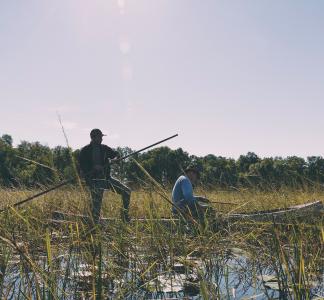Journeying wildlife need protected public lands as rest stops and thruways
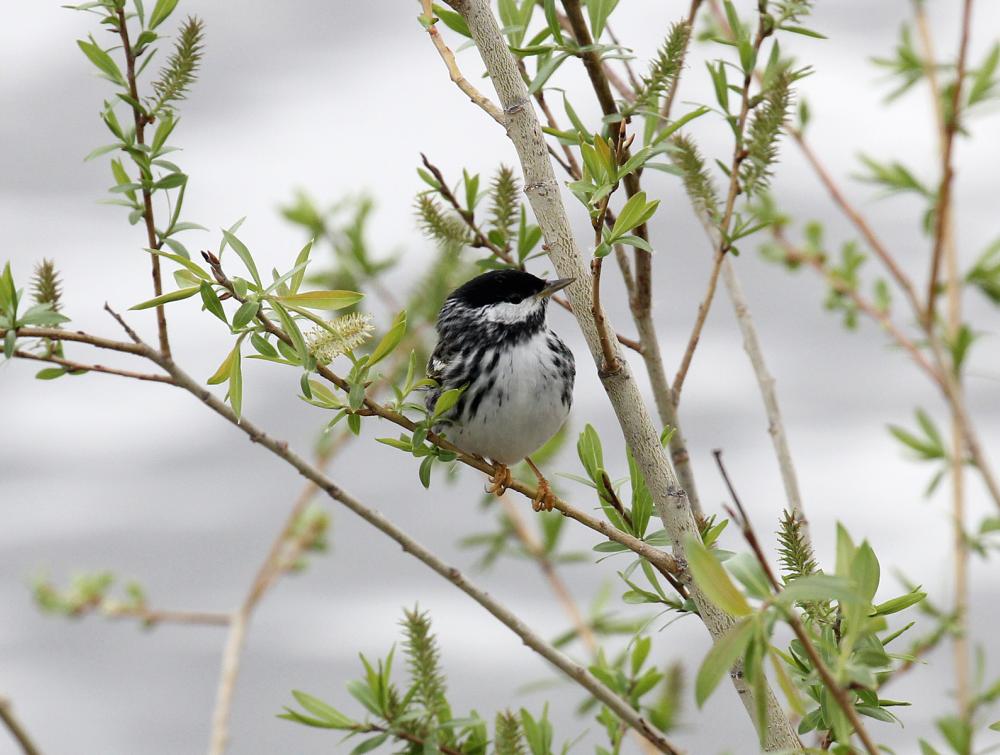
Black poll warbler
Vitalii Khustochka, Flickr
Songbirds & grizzlies alike rely on healthy, intact migration corridors
Imagine being a blackpoll warbler, traveling from South America northwards for the summer, thousands of miles, to the boreal forests of Canada.
This long-distance athlete makes the longest overwater journey of any songbird. During migration, flocks of these warblers and dozens of other species of neotropical migrants stop, rest and refuel across a huge swath of the eastern and midwestern U.S. You could find blackpoll warblers mingling in Everglades National Park mangroves, in Florida; Great Smoky Mountains National Park rhododendron thickets, in the Southern Appalachians; stands of Hoosier National Forest hardwood, in Indiana; or even arriving on nesting ground in Katahdin Woods and Waters National Monument and Baxter State Park in Maine.
Public lands key in supporting wildlife movement and biodiversity itself
But what about when wildlife can’t find a rest stop? Or can’t find the right food they need to recharge their migratory batteries? What is climate change and human development doing to these journeys?
Those are some of the key questions to consider as the UN’s COP15 biodiversity conference meets Dec. 7-19 in Montreal to discuss how we can address the ongoing loss of wild nature around the world.
What happens when wildlife like the blackpoll warbler can’t find a rest stop for their migratory journeys?
We’re especially interested in how public lands fit in. More than 600 native species in North America find a significant portion of their habitat range on federal public lands like national parks, forests and refuges. The "connective tissue” between these areas is vital, too (much of it managed by the Bureau of Land Management, the largest federal land agency).
Especially as wildlife is forced to adapt to the effects of climate change, having protected thruways and “rest stops” available will help them manage their journeys safely. That has to be woven into the goal of protecting 30 percent of the U.S.’ (and the world’s) lands and waters by 2030.
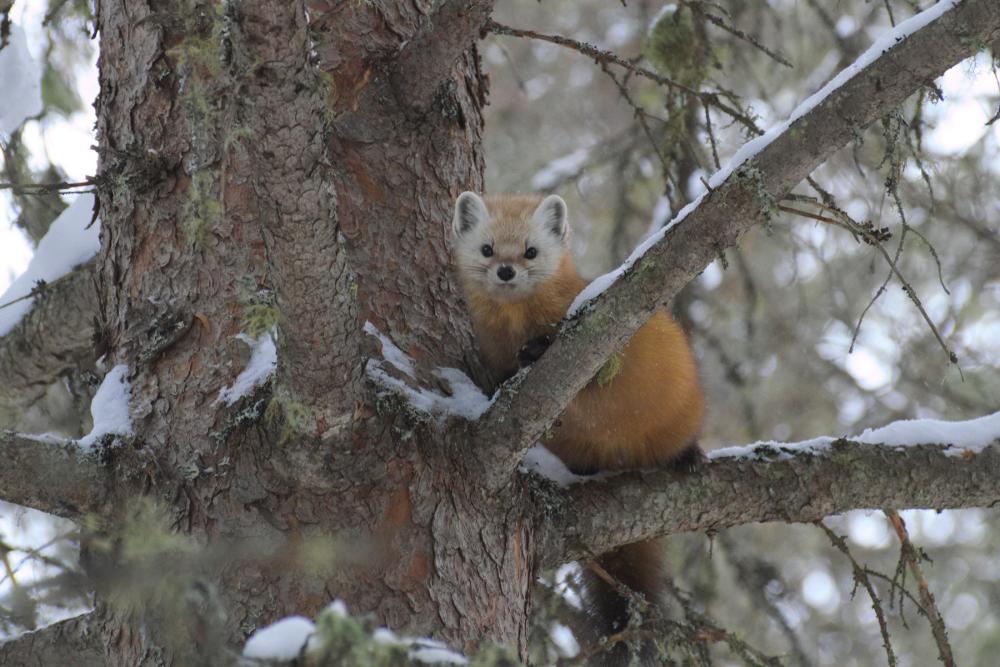
Pine marten
Didymops transversa, Flickr
There are numerous examples of species that rely on healthy habitat on public lands for rest, forage and breeding during long journeys, some of which span international borders:
-
Jaguars and other big cats, traveling north from Mexico and crossing into US mountain ranges and wilderness areas in the "Sky Islands" region of Arizona.
-
Chinook salmon and steelhead trout, swimming more than 900 miles inland from the Pacific Ocean to spawn in the wild public lands of Idaho’s High Divide, one of the longest salmon migrations on Earth.
-
Multiple generations of monarch butterflies must navigate the precarious corridors north-to-south and back from Mexico in search of native milkweed plants, which support their feeding and breeding cycles. Least disturbed natural areas provide the highest chances of finding native plants.
-
Grizzly bears once roamed almost the entire continent we now call North America, but today they are found only in Alaska, Wyoming, Montana, Idaho, Washington and possibly southern Colorado, as well as in western Canada. Intact public lands in the Greater Yellowstone Region, Montana’s Crown of the Continent and Idaho’s High Divide are critical habitat ranges for grizzlies to thrive despite a changing climate.
-
Sandhill cranes, a species that’s been around for 2 million years, migrate from Alaska and Idaho, overwintering in Bosque del Apache National Wildlife Refuge in New Mexico and at Willcox Playa and Whitewater Draw in Cochise County, Arizona.
-
Red wolves once roamed freely from New York to Texas, but today are among the most endangered mammals in the world. Currently, only about 20 individuals remain in the wild, all in rural, eastern North Carolina. Habitat in Pocosin Lakes and Alligator River National Wildlife Refuges is critical to the species' survival.
-
The southernmost range of Pacific marten, a ferret-like mammal, extends into New Mexico, where the species was recently seen in the Carson National Forest. Public national forests are essential for this species to maintain connectivity with populations further north in Colorado and ensure their ability to move across their range long-term.
Biden admin has tools to protect and connect lands
The Biden administration has the tools take immediate actions to secure critical wildlife migration corridors like these across public lands. Newly issued guidance directing the Bureau of Land Management to prioritize protecting lands that conserve and connect wildlife habitat and migration corridors is a big step in the right direction. So are recently announced policies to ensure Tribal consultation and include Indigenous knowledge in agency decision-making.
We will continue to work with the administration and other decision-makers on conservation measures like these that support biodiversity and confront the extinction crisis head-on.
